- Racial identities (e.g., African American and Hispanic Barbies were introduced in the 1980s)
- Nationalities (e.g., Chilean, Moroccan, Indian, French)
- Careers (e.g., surgeon, veterinarian, business executive, racecar driver)
However, despite the many culturally-sensitive product-line additions, Barbie sales “dropped 16% in 2014, marking Barbie’s third consecutive year of falling earnings.” Many factors could potentially explain the doll’s faltering financial performance, but one feature that has increasingly come under scrutiny has been Barbie’s body.
Some have meticulously measured Barbie, comparing her abnormal proportions to those of real women. For instance, while the average woman has a waist to hip ratio of about .80, Barbie’s is a mere .56. Likewise, while most women’s legs are about 20% longer than their arms, Barbie’s are 50% longer and much thinner.
Of course, many toys, from cars to stuffed animals have dimensions that differ from reality. What makes Barbie’s proportions problematic, however, is the negative influence that they may have on young people who play with the dolls. For example, a study published in Developmental Psychology found that girls who were exposed to Barbie dolls experienced lower body esteem and wanted to be thinner.
Meanwhile many have opined of the need for more realistic role models--a challenge that a few tiny toymakers have embraced, e.g., Tree Change Dolls and Lammily. Their creators have intentionally designed dolls to more positively reflect human reality, trading glamour for genuineness.
Finally, a half-century after Barbie’s birth, the world’s second biggest toymaker has decided to follow suit and give consumers what they’ve long desired: dolls that look a little more realistic. Mattel has recently introduced an extensive line of “Fashionista” dolls, as its website details: “Releasing over time throughout the year, the line includes 4 body types, 7 skin tones, 22 eye colors, 24 hairstyles, and countless on-trend fashions and accessories.”
More specifically, Barbie now has three new body types: tall, petite, and curvy. As the names suggest, young people will be able to play with Barbie dolls that look more like them or the women they know, whether that’s lanky, little, or not so lean.
Public response has been overwhelmingly positive, particularly for Curvy Barbie. For example, some have celebrated the potential “end of the road for the thigh gap,” while others have outwardly wished that such a doll would have been theirs when they were growing up. One curvy celebrity, Queen Latifah, called the new dolls “incredible” and “ground-breaking.”
So, it seems that Mattel’s long-overdue new products are poised to create considerable stakeholder value, which might make one wonder why the company waited so long, as well as why it’s decided to keep making its “Original” unrealistic-looking Barbie. Well, old habits are hard to break, both for the companies that make iconic products and for the people that buy them. As case studies like New Coke suggest, it’s often better to ease into big changes rather than to suddenly can a “Classic.”
It’s also worth noting that Mattel’s new Barbies still don’t truly represent human anatomical reality. Even with the positive changes, the dolls continue to look more pristine and perfect than almost any person does. Most of us have blemishes or we are misshapen in ways that no Barbie embodies. Does that mean that Mattel’s new Barbies are bad? No, the company still has taken a big step in the right direction by beginning to acknowledge and respect common physical differences. For these reasons, Mattel can be commended for its decision to stop playing around with Barbie and instead make her a role model for “Mindful Marketing.”
Learn more about the Mindful Matrix and Mindful Meter.
Check out Mindful Marketing Ads and Vote your Mind!

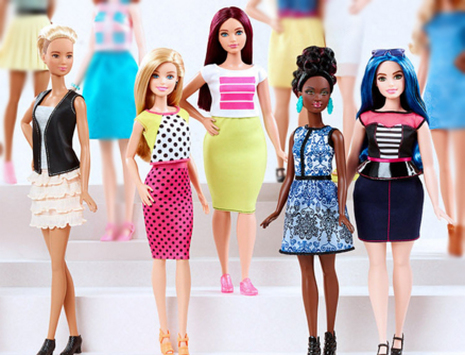
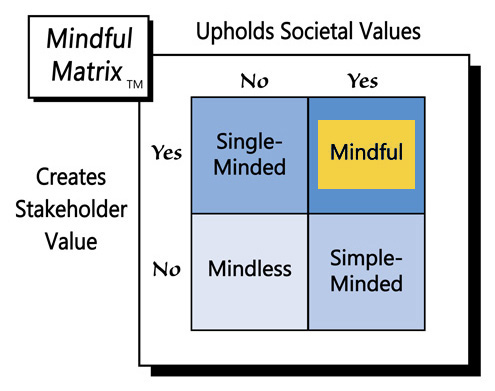
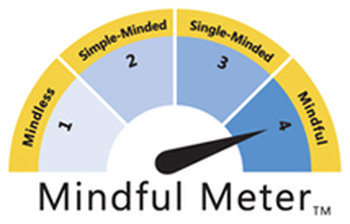

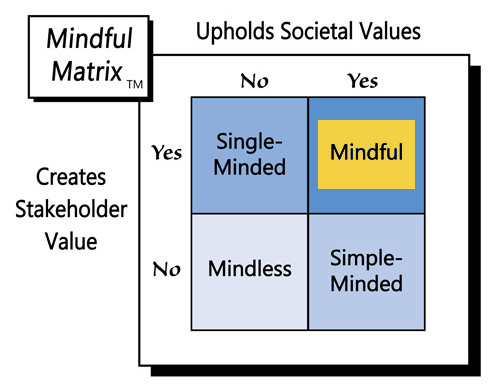
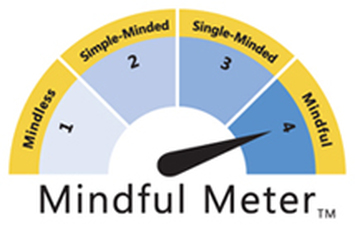

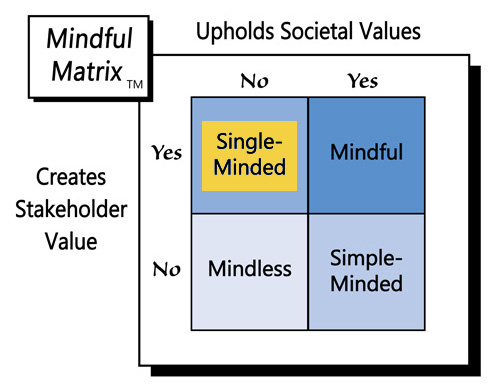
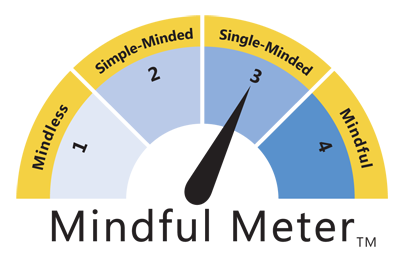
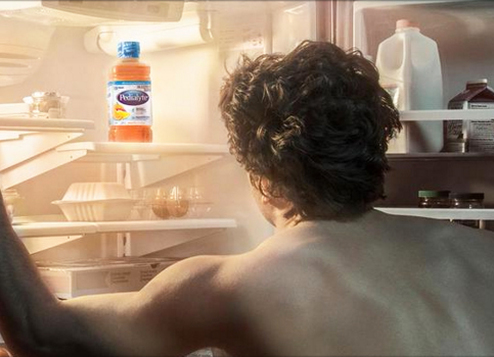
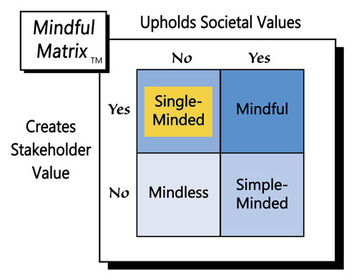
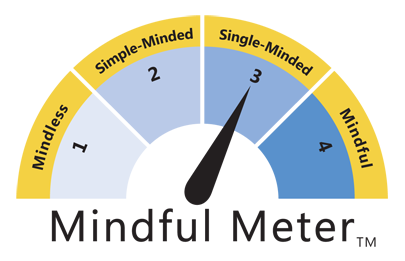
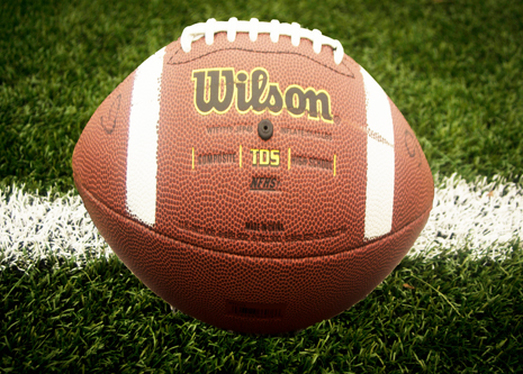
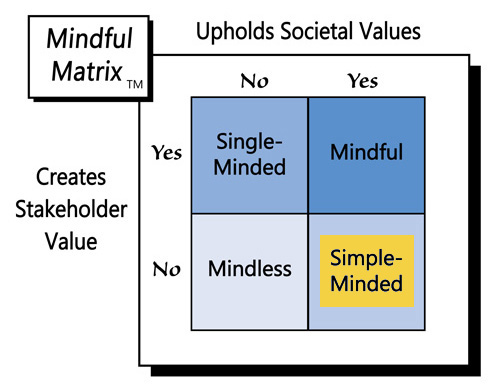
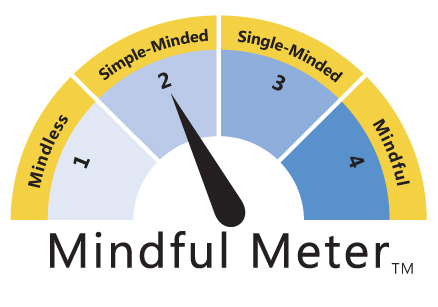
 RSS Feed
RSS Feed